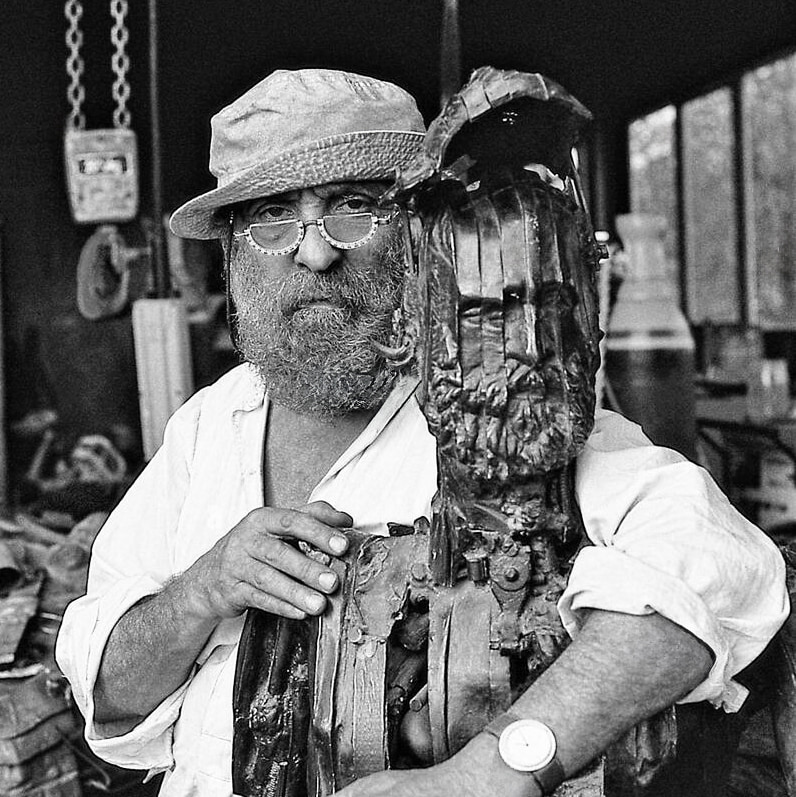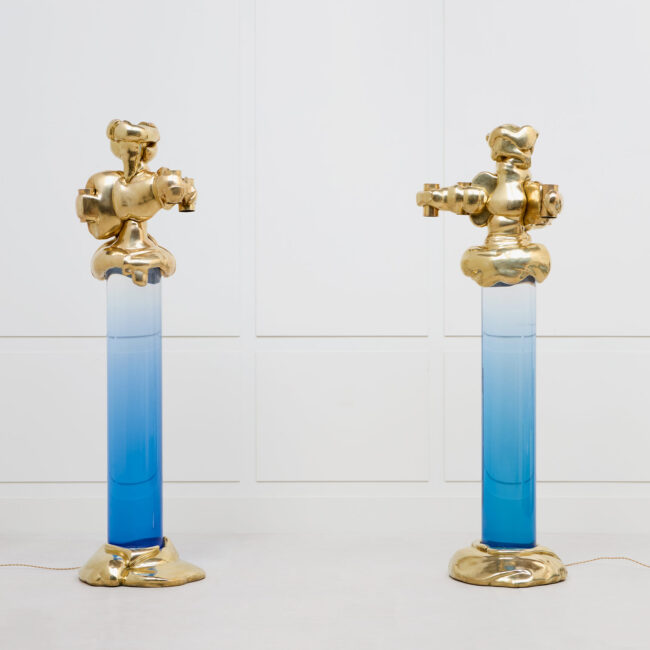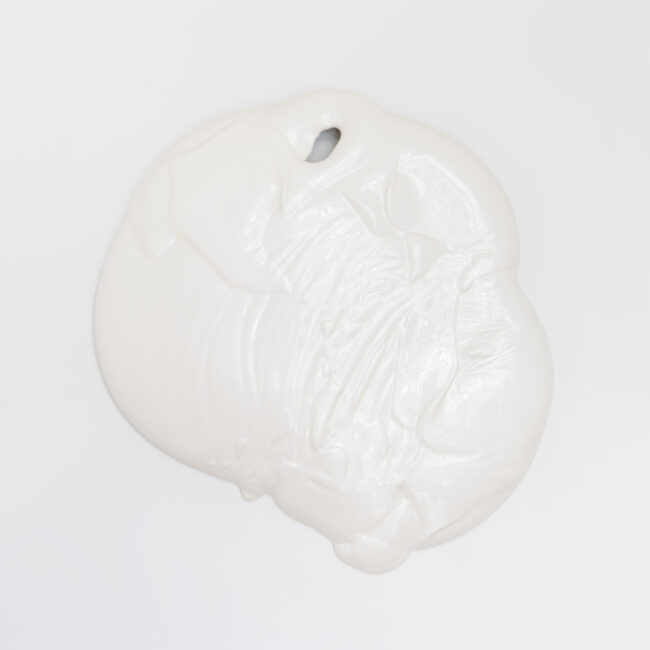César (1921-1998)
César (1921-1998), of its true name César Baldaccini, was a leading French sculptor on the contemporary scene. Born in a working-class district of Marseille to Italian parents, he grew up in a modest environment. At the age of 12, César left school to help his father in the family wine business. Skilled with his hands, he eventually enrolled at the École des Beaux-Arts de Marseille at the age of 15, and quickly distinguished himself by winning several prizes in engraving, drawing and architecture as early as 1937.
In 1942, thanks to a scholarship, he went to Paris and enrolled at the École des Beaux-Arts, where he studied under sculptor Marcel Gimond. It was there that he made some decisive encounters, notably with Pablo Picasso, Germaine Richier and Alberto Giacometti, who were to have a major influence on his early work.

View full biography
César first worked in plaster, before turning to more economical and atypical materials, such as scrap metal, which he uses to give shape to his sculptures. His encounter with a hydraulic press at a scrap metal dealer’s in 1958 marked a turning point in his career.
He decided to compress car body sheets, a process he perfected and which became his signature “compressions”. These works – objects transformed into parallelepipeds, sometimes huge crushed cars – shocked the public at the Salon de Mai in 1960 and made him a key figure in contemporary art. A year later, he joined the Nouveaux Réalistes movement, founded by art critic Pierre Restany, alongside artists such as Arman, Jean Tinguely and Niki de Saint Phalle.
Throughout his career, César never ceased to evolve his techniques. In 1965, he began creating “expansions”, polyurethane sculptures that unfold under the effect of liquid resin. That same year, he created one of his most famous works: Le Pouce, a huge bronze sculpture reproducing the imprint of his own thumb. This work, emblematic of his work, was exhibited at the 1988 Olympic Games in Seoul.
But César was also interested in welding, a technique he began exploring in 1949. Over the course of his career, he created numerous sculptures in welded iron, including his Centaure (1983-1985), a monumental work in homage to Picasso. The originality of his work and his use of industrial materials made him a leading figure in the Nouveaux Réalistes movement and a key artist of the 20th century.
César died in 1998, leaving behind him a monumental legacy, notably in the form of the César trophy for French cinema, a representation of his compression technique, which embodies his lasting influence on the world of art and culture.




